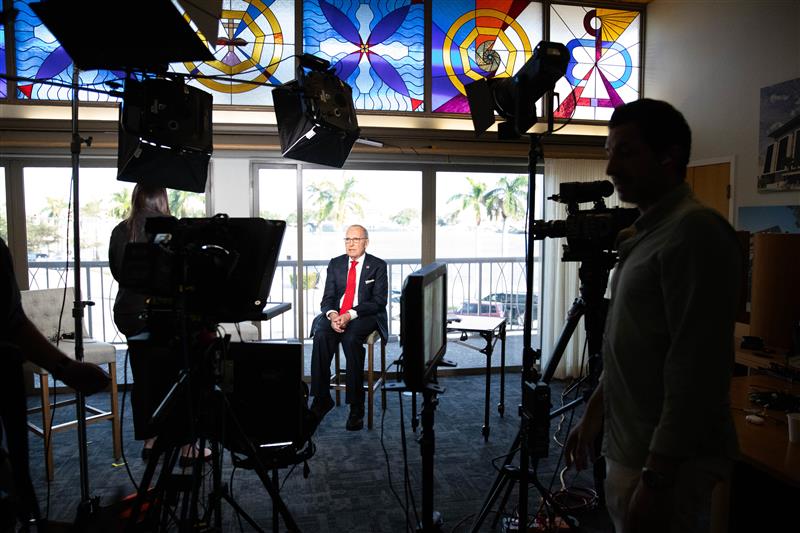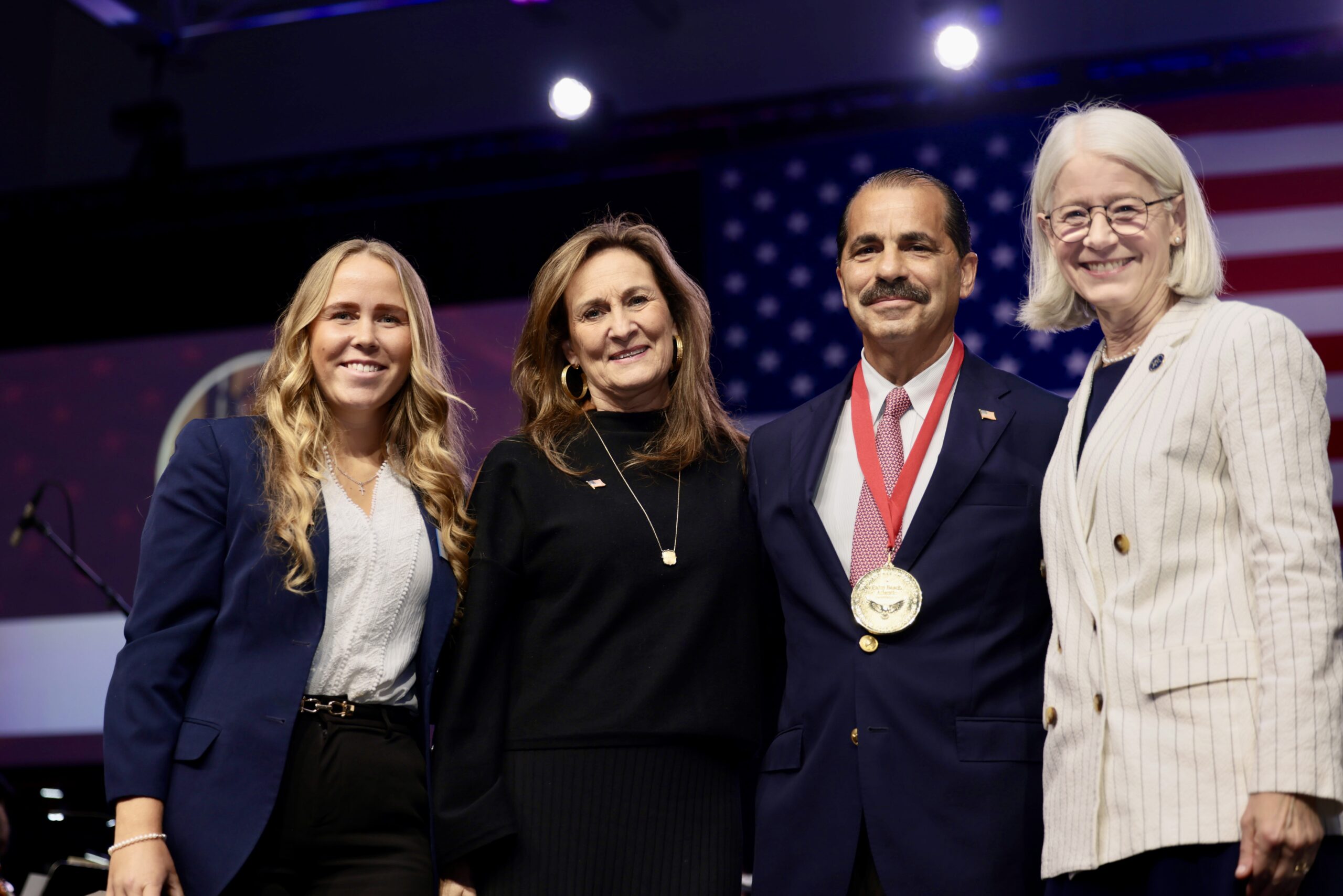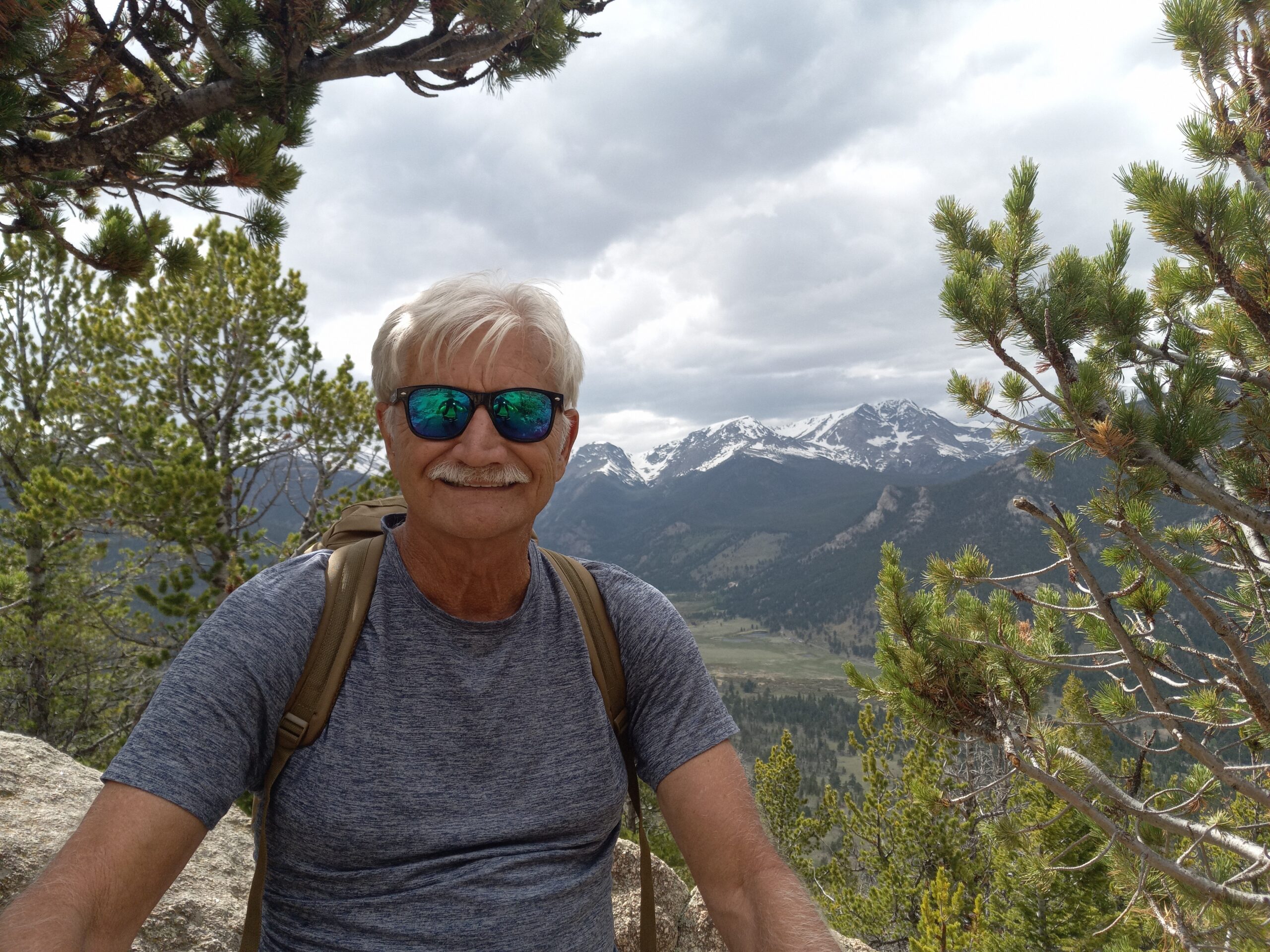Dr. Suzanne Nesbit, a Johns Hopkins pain management specialist, urged Lloyd L. Gregory School of Pharmacy students to take the lead in addressing the opioid crisis. Dr. Suzanne Nesbit speaks at the Lloyd L. Gregory School of Pharmacy Dean’s Distinguished Lecture Series.
Nesbit, president of the American College of Clinical Pharmacy, was the inaugural speaker in the Lloyd L. Gregory School of Pharmacy Dean’s Distinguished Lecture Series. She began with an overview of the crisis and concluded with how pharmacists can take on a greater role in patient care.
American life expectancy continues to decline, according to the Centers for Disease Control and Prevention. The trend runs contrary to a steady increase in life expectancy in most developed nations.
“It is felt to be 100 percent due to the national opioid crisis,” Nesbit said.
Projections suggest the crisis will continue for another 10 years, leaving pharmacists with an obligation and opportunity to help their patients, Nesbit said.
Annual opioid overdose deaths will reach 81,000 by 2025, and 80 percent of the substances will be illicit opioids, mostly from Mexico and China, Nesbit said. Getting out of the crisis will require a multi-pronged approach and the involvement of community.
“There’s a real need for leadership,” Nesbit said. Referring to the CDC and The Joint Commission, she added. “They are looking to pharmacists to help manage and get us out of this crisis.”
Pharmacists can play a greater role in managing opioids during transitions of care, educating patients and healthcare providers and using technology to fight opioid misuse, for example.
Nesbit, who is on the Palliative Care Service and Neuroscience Pain Resource Team at The Johns Hopkins Hospital, noted that opioids are a necessary group of medications for some patients.
“We just need to know how to use them and use them appropriately,” she said. “Opiates may not be the only answer, and in some cases, not the answer at all.”
The National Quality Forum released an opioid stewardship playbook to identify steps for healthcare organizations to curb opioid misuse. Johns Hopkins has embraced it.
Nesbit is co-chair of The Johns Hopkins Health System Opioid Stewardship Clinical Community. The group of representatives from six hospitals and Johns Hopkins Community Physicians are developing broad policies, as well as prescription and pain management guidelines for clinicians.
They identified three surgical procedures for which no opioids are recommended. Also, healthcare providers get online dashboards that provide data on their pills per prescription, rate of naloxone co-prescribing and morphine milligram equivalents per day per opioid prescription, Nesbit said. (Naloxone is an opioid-overdose antidote.)
Johns Hopkins is working to increase the co-prescribing rate of naloxone, which increased from less than 10 percent in January 2018 to 63 percent for Johns Hopkins Hospital and 53 percent of Johns Hopkins Health System. Co-prescription is recommended based on morphine milligram equivalents prescribed, whether a patient has a history of substance abuse and whether a patient has a history of opioid overdose.
Based on input from the patient and family council, Johns Hopkins worked with a graphic designer to create an eye-catching naloxone education pamphlet that prints automatically whenever naloxone is prescribed.
With prescription drug monitoring program information embedded in a patient’s medical record, a healthcare provider easily can see what a patient has been prescribed from another practice, or even from another state.
The Johns Hopkins committee also found that few patients store or dispose of opioids properly. Most didn’t know how. It hopes to dispense drug neutralization kits to some patients and deploy more medication drop boxes to diminish the excess of opioids. Leftover prescriptions in medicine cabinets can fall into the wrong hands.
At the end of her presentation, Nesbit took questions. The last one – which she said she gets during every presentation – is if she’s been recommending medical cannabis for the treatment of opiate use disorder. She said there’s not enough good data to support it.
Photo 1: Dr. Suzanne Nesbit speaks during the Lloyd L. Gregory School of Pharmacy Dean’s Distinguished Lecture Series.
Photo 2: Dr. Suzanne Nesbit listens to a question during the Lloyd L. Gregory School of Pharmacy Dean’s Distinguished Lecture Series.


